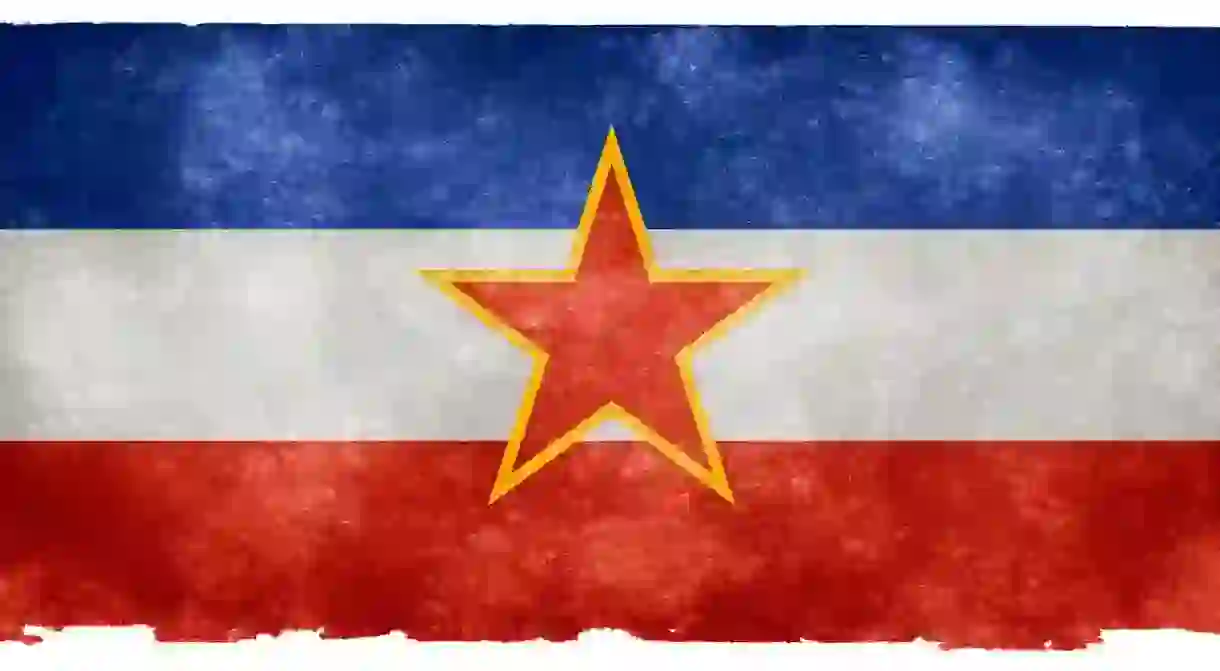The History of Serbia and Yugoslavia

Serbia was the largest republic in Yugoslavia, and as such played a huge role in both the former state’s ups and downs. What were the major events in Belgrade and the rest during those five decades? This is the story of Serbia in Yugoslavia.
First round domination
The Kingdom of Serbs, Croats and Slovenes came into being in 1918, and to say the Serbs were dominant would be a huge understatement. Serbian King Alexander I established a royal dictatorship in 1929, changing the name of the country to Yugoslavia in the process. Five years later, the man from Cetinje was assassinated in Marseilles, and anarchy was around the corner.

Violence and genocide in World War II
Yugoslavia was well and truly ripped apart during World War II. The Nazis began bombing the country on April 6, 1941, and the entire state was split up among the Axis powers. Serbia proper was controlled by Germany, but the Serbs living outside of the nation’s borders were subjected to mass killings and ethnic obliteration.
65% of all Yugoslavs to die during the war were Serbs, with the majority being murdered at the Croat-run concentration camp at Jasenovac. These wounds wouldn’t heal, the bandage being ripped off with awful results almost half a century later. Belgrade was established as the capital of post-war Yugoslavia, but the domination it enjoyed prior to the war was understandably reduced.

The Belgrade Spring of ’68
Student protests kicked off around the globe in 1968, and Serbia wasn’t about to pass up that opportunity. June 2 saw clashes between police and students outside a theatre in the city, and 24 hours later a ragtag group of 4,000 individuals became a heaving mass of 10,000. The protest lasted for seven days, before Tito himself took to TV to accept that the students were correct and that changes needed to be made.
It was another example of Tito’s iron leadership, as nothing changed. Key individuals within the protest movement were sacked from their jobs, and students found conditions getting worse as opposed to better.

The 1974 constitution
It is difficult to pinpoint the exact moment when the Yugoslav split became inevitable, but some sections of Serbian society point to the 1974 constitution as the match that became an unstoppable inferno. The new constitution gave greater power to the individual republics and provinces, essentially removing Vojvodina and Kosovo from Serbian control. Despite being provinces, the two became de facto republics with vetoing power in parliament.

Slobodan Milošević and the rise of nationalism
The socialist leadership frequently spoke of Yugoslavia’s lack of nationalism in the republics, but it didn’t take a seasoned political observer to know that it was simply lying in wait. The Serbian Academy of Sciences & Arts penned a controversial memorandum in 1986, warning of ethnic violence against the Serbs that was ongoing and getting worse. The memorandum was largely ignored, but the sleeping bear that was Serb nationalism was now wide awake.
Slobodan Milošević used this to his advantage, manoeuvring his way into a position of power within Serbia itself. He used hired mobs from around country to install puppet leaders in Vojvodina, Montenegro and Kosovo, essentially giving Serbia 50% of the power share in Yugoslavia.
The bloody and brutal end
Worried by the rise in Serbian power and encouraged by a newly unified Germany, Croatia and Slovenia walked out of Yugoslavia in 1990. Multi-party elections followed, and it was clear that Yugoslavia as an entity of six republics was over. Declarations of independence came in 1991, and what was once a unified state became a fragmented region at war with itself.
Slovenia and the Yugoslav Army fought a 10-day war, a scuffle that mostly acted as a way for Slovenia to get out and for the Army to position itself ahead of the inevitable war with Croatia. The War in Croatia led to the war in Bosnia, and for the next four years television screens across the world broadcast Europe’s most violent war in decades. Yugoslavia was finished.














